-
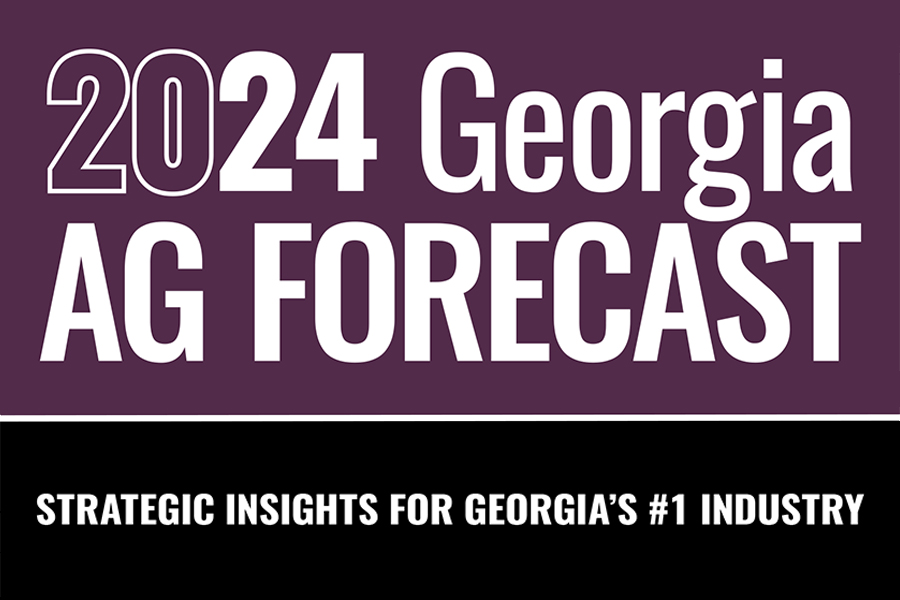
AP 130-2-13
Timber Situation and 2024 Outlook
1. Demand for softwood lumber and structural panels is expected to improve as interest rates drop and single-family housing starts resume their long-term trajectory. 2. Increased softwood lumber mill capacity across the South adds upward pressure on pine sawtimber prices; however, the region’s oversupply of sawtimber trees on the stump is…|
-
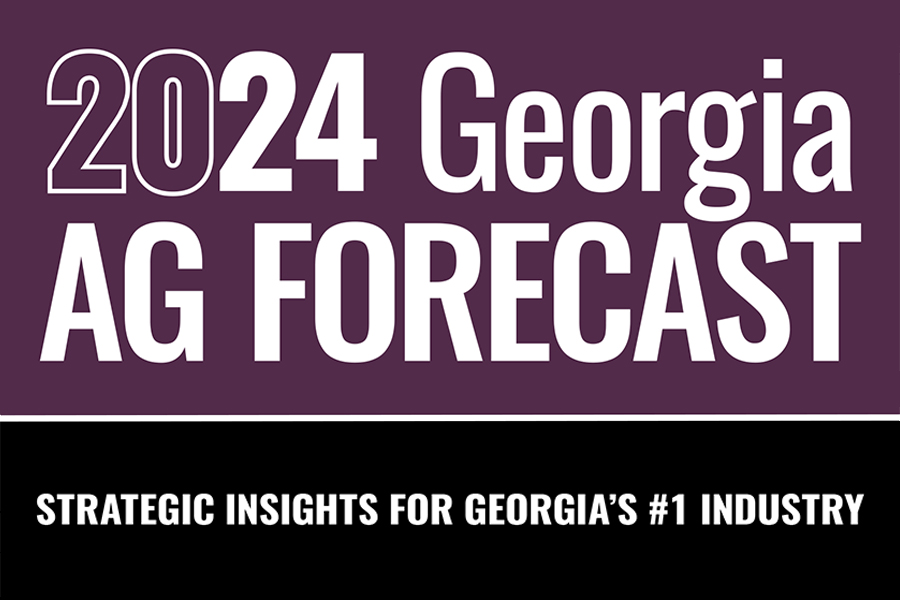
AP 130-2-07
2024 Poultry Outlook
1. The broiler chicken outlook in 2024 is neutral to positive; consumer demand should remain steady and feed costs should decrease. 2. Risks to the chicken outlook include significant HPAI outbreaks and expensive housing. 3. Baseline chicken prices are expected to be similar to 1-year-ago levels. Production uncertainty is the main driver…|
-
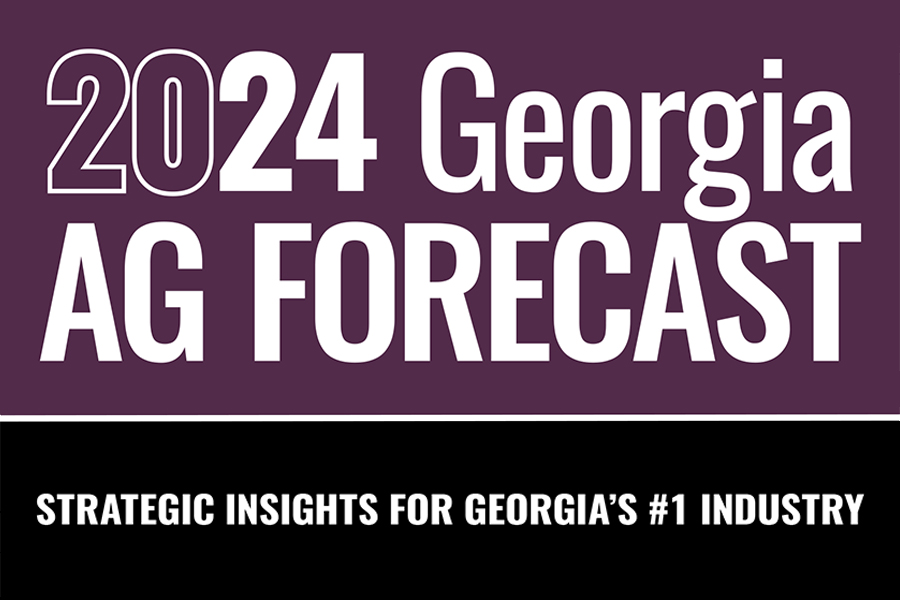
AP 130-2-08
2024 Beef Cattle Outlook
1. The beef cattle outlook is positive in 2024. Tight supplies and stable consumer demand are expected to push cattle prices higher in the year ahead. 2. Risks come from the demand side if U.S. consumers are uninterested or unable to pay for higher-priced beef. Additionally, input cost uncertainty may squeeze…|
-
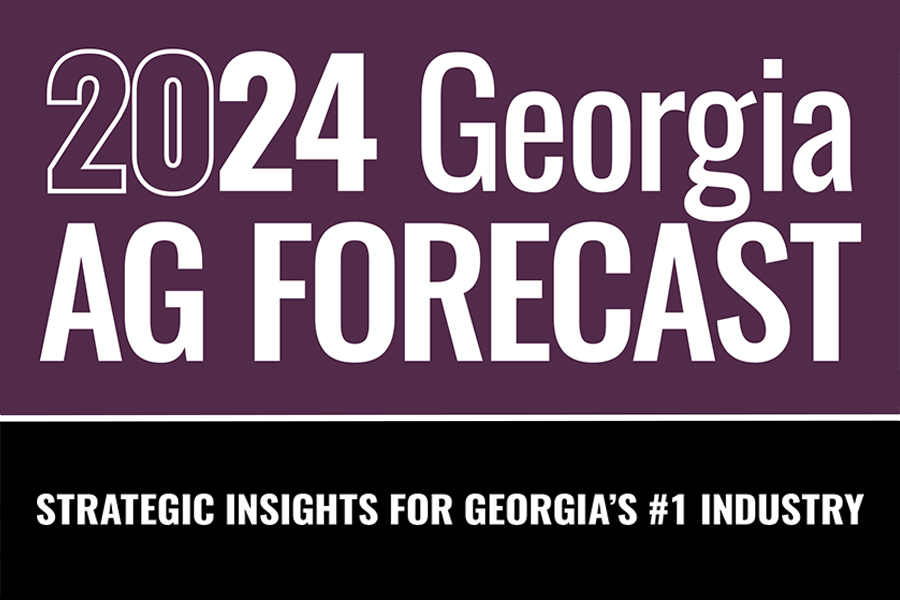
AP 130-2-06
2024 Corn, Soybean, and Wheat Outlook
1. Tighter margins are expected in 2024 for corn, soybeans, and wheat as commodity prices are forecast to be lower and input prices are expected to be flat. 2. Growing demand for sustainable biodiesel fuels will slow soybean price declines relative to the decline in corn prices. 3. Expect more acres planted…|
-

AP 130-2-11
2024 Vegetables and Pulses Outlook
1. Total harvested area of vegetables and pulses decreased by 3.2% from 2021 to 2022, and fresh and processed vegetable area harvested decreased by 5.1%; the situation is expected to deteriorate in 2024. 2. 2022 total imports of vegetables and pulses were $18.7 billion, an increase of 11.1% compared to 2021;…|
-
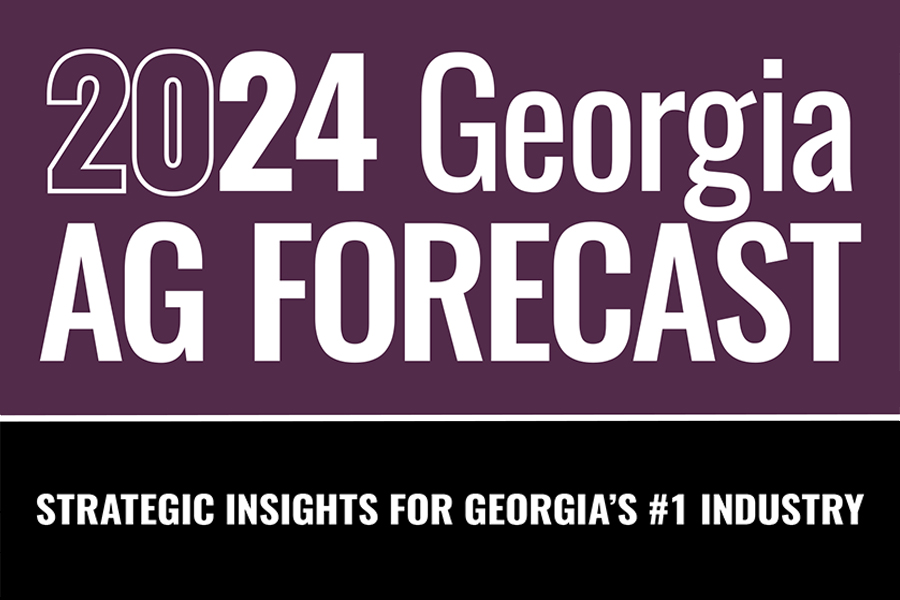
AP 130-2-10
2024 Fruits and Tree Nuts Outlook
1. High prices for peach producers helped a strong producer price index in the 2022–2023 crop season. The PPI is expected to stay strong in 2024. 2. Favorable prices came from production shortages, caused by bad weather in Q1 of 2023 that devasted the Georgia and South Carolina peach industries. 3. Citrus…|
-
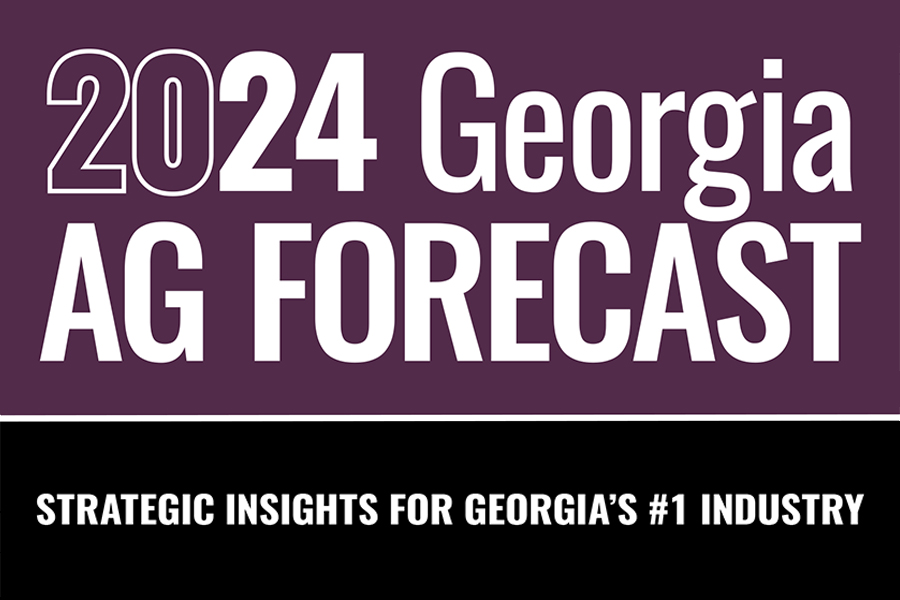
AP 130-2-04
2024 Cotton Outlook
1. U.S. cotton acreage and production are likely to decline in 2024 because of lower relative price expectations with competing crops.
2. The cotton production profit margin is likely to be lower in 2024 with high input costs and low cotton prices.|
-
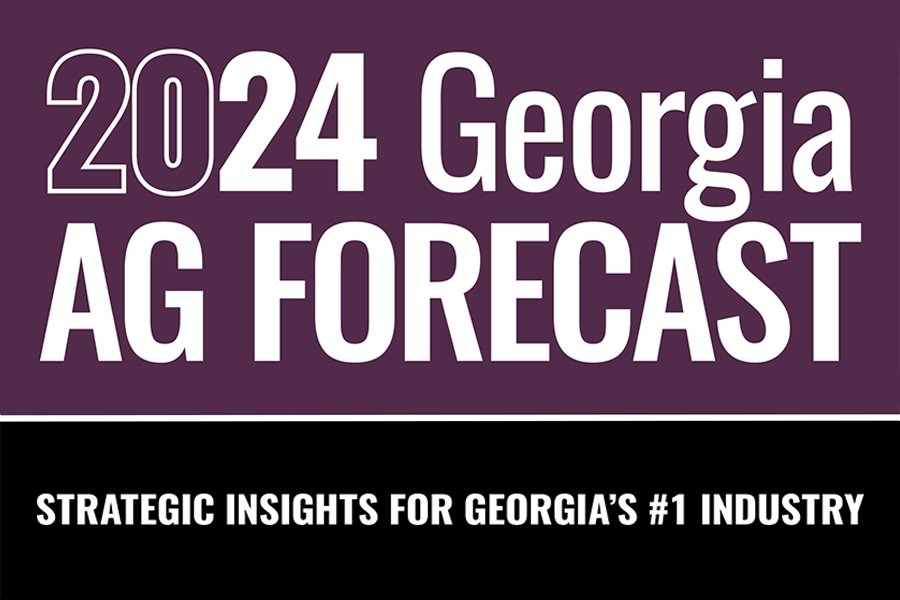
AP 130-2-05
Peanut 2024 Outlook
1. Peanut yields were down in 2023, but demand continues to remain strong and stocks remain steady. Prices are expected to hold strong. 2. The increased cost of production in recent years has remained elevated, with the Farm Bill safety net providing no support. 3. Contracting, controlling costs, and careful evaluation of…|